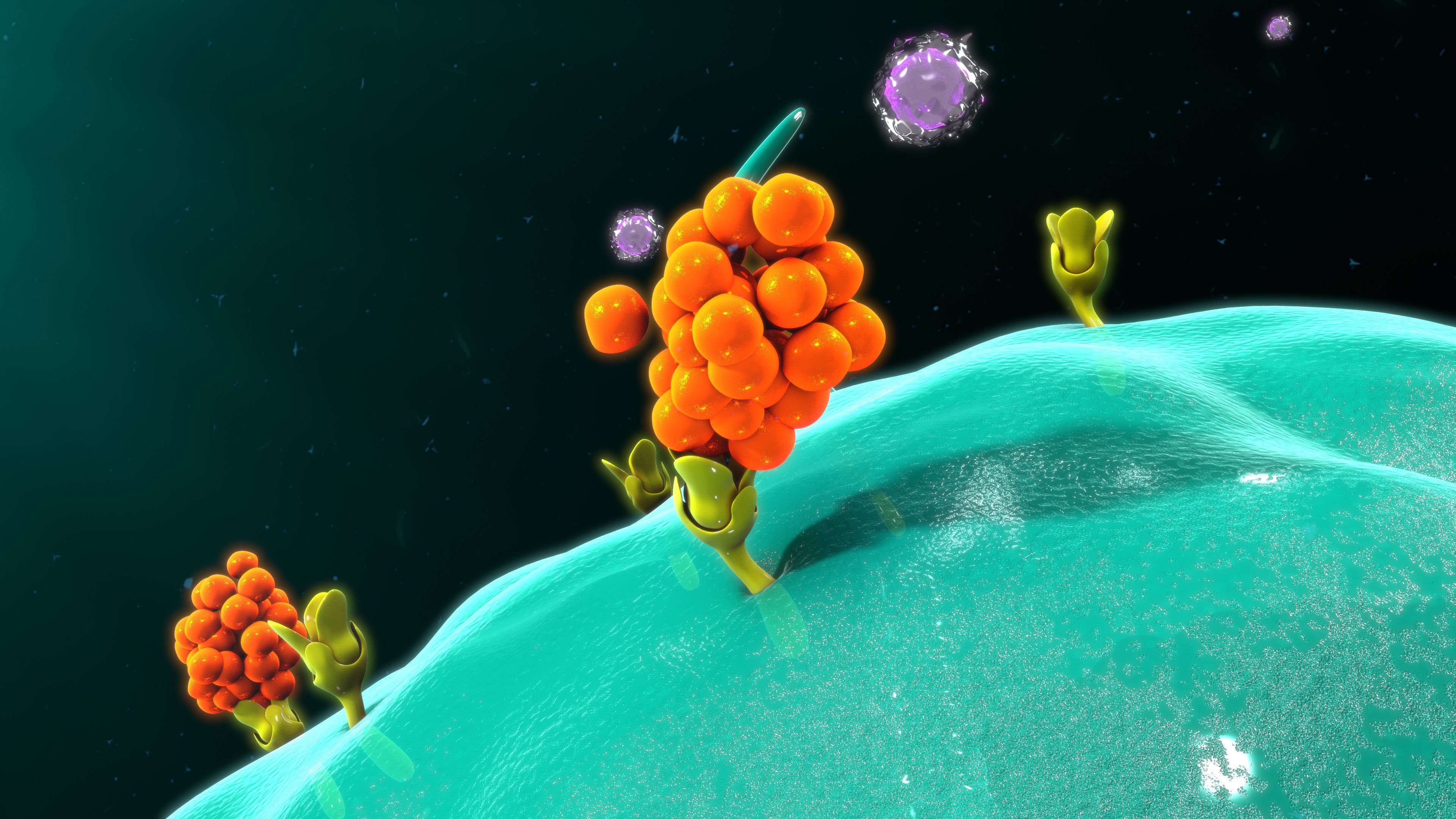Blood Levels of IL-10 May Be Biomarker of Disease Activity in SLE Patients
Written by |

High levels of the anti-inflammatory cytokine IL-10 are associated with higher disease activity in patients with systemic lupus erythematosus (SLE), a finding that suggests IL-10 can be a potential blood biomarker for SLE.
The study, “Clinical associations of IL-10 and IL-37 in systemic lupus erythematosus,” was published in the journal Scientific Reports.
Interleukins are a major class of biologically active protein mediators, known as cytokines, with a role in communication between cells. They are particularly important in regulating immune responses, such as inflammation.
Previous studies have suggested a clinical association between SLE and the anti-inflammatory cytokines IL-10 and IL-37. In fact, serum concentrations of IL-10 were reported as consistently higher in SLE patients when compared to healthy controls, and to positively correlate with measures of disease activity.
The IL-37 link to SLE was reported by only one study, with authors showing a strong positive correlation between IL-37 levels and disease activity, as measured using the SLE disease activity index 2000 (SLEDAI-2k).
However, despite these links, the role of IL-10 and IL-37 in the disease, or their potential as biomarkers, remains unclear.
Researchers examined serum levels of IL-10 and IL-37 in a large cohort of SLE patients, along with detailed longitudinal clinical data. In total, the team measured the levels of cytokines in 141 serum samples obtained at a first study visit; the analysis included another 251 samples obtained from a subset of 129 patients at subsequent clinic visits, within a period of approximately 24 months. The majority of the patients were women (84%) with a median age of 42, and 41% (n = 58) were of Asian ethnicity.
Researchers found that IL-10 was detectable in 128 SLE patient samples (90.1%) at first visit, and in 91.8% of all the samples. They also found that the levels of IL-10 were significantly higher in the serum of SLE patients at first visit compared to controls.
IL-37 was detectable in 77 SLE samples (54.2%) at first visit, and 64.3% of all samples. As with IL-10, IL-37 was found to be significantly higher in SLE patients compared to controls.
Assessing a potential correlation between IL-10 and IL-37 and disease activity, researchers found that high IL-10 levels at first visit were predictive of high subsequent disease activity, with patients being 3.6 times more likely to have active disease in subsequent visits.
Serum IL-37 was particularly strongly associated with Asian ethnicity, but contrary to IL-10, Il-37 showed no statistically significant association with disease activity.
Based on the results, the authors believe that IL-10 has potential as a predictive biomarker of disease activity in SLE.
“In conclusion, in the largest study to date supported by longitudinal data, we show a strong association of serum IL-10 with disease activity in SLE, wherein levels are higher in active compared to inactive disease, are higher in Asian patients and in association with renal disease, and are predictive of subsequent disease activity,” the research team wrote. “Our data do not indicate a strong association of serum IL-37 with disease activity, although we suggest an even larger cohort is required to validate this.”




